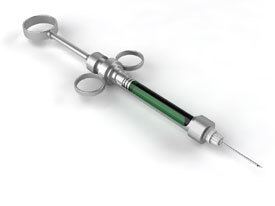MeSH D000772 | ||
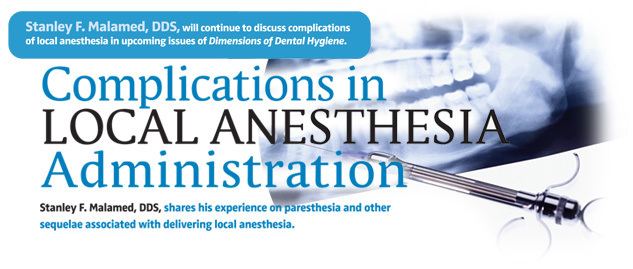 | ||
Chairside magazine v10 1 local anesthesia for dental professionals
Local anesthesia is any technique to induce the absence of sensation in a specific part of the body, generally for the aim of inducing local analgesia, that is, local insensitivity to pain, although other local senses may be affected as well. It allows patients to undergo surgical and dental procedures with reduced pain and distress. In many situations, such as cesarean section, it is safer and therefore superior to general anesthesia. It is also used for relief of non-surgical pain and to enable diagnosis of the cause of some chronic pain conditions. Anesthetists sometimes combine both general and local anesthesia techniques.
Contents
- Chairside magazine v10 1 local anesthesia for dental professionals
- Local anesthesia
- Medical
- Non medical local anesthetic techniques
- References
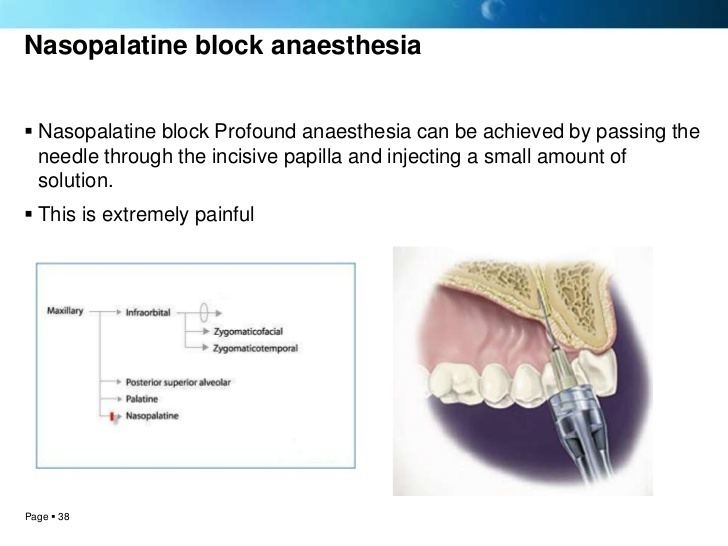
The following terms are often used interchangeably:
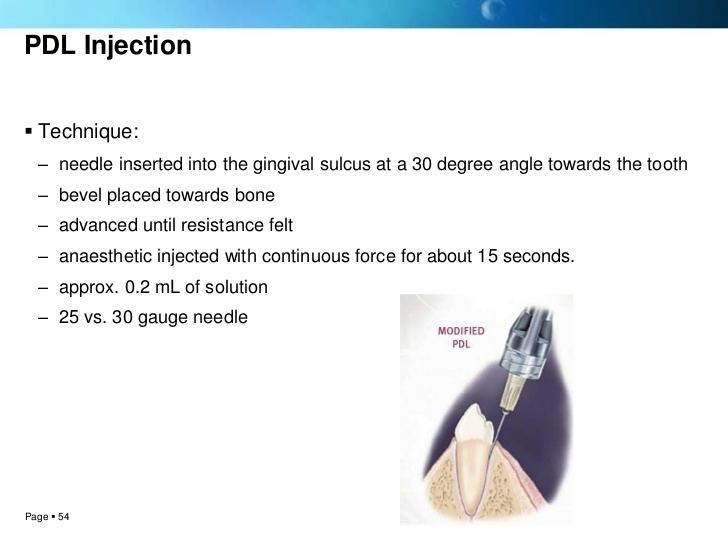
Local anesthesia
Medical
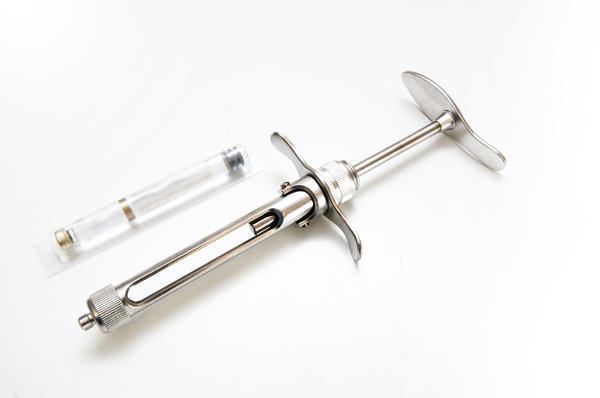
A local anesthetic is a drug that causes reversible local anesthesia and a loss of nociception. When it is used on specific nerve pathways (nerve block), effects such as analgesia (loss of pain sensation) and paralysis (loss of muscle power) can be achieved. Clinical local anesthetics belong to one of two classes: aminoamide and aminoester local anesthetics. Synthetic local anesthetics are structurally related to cocaine. They differ from cocaine mainly in that they have no abuse potential and do not act on the sympathoadrenergic system, i.e. they do not produce hypertension or local vasoconstriction, with the exception of Ropivacaine and Mepivacaine that do produce weak vasoconstriction.

Local anesthetics vary in their pharmacological properties and they are used in various techniques of local anesthesia such as:
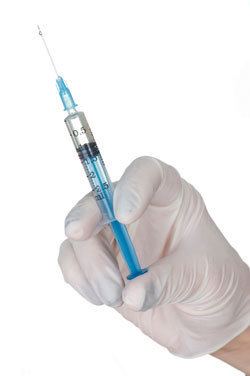
Adverse effects depend on the local anesthetic agent, method, and site of administration and is discussed in depth in the local anesthetic sub-article, but overall, adverse effects can be:
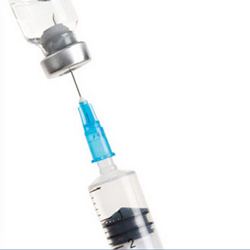
- localized prolonged anesthesia or paresthesia due to infection, hematoma, excessive fluid pressure in a confined cavity, and severing of nerves & support tissue during injection.
- systemic reactions such as depressed CNS syndrome, allergic reaction, vasovagal episode, and cyanosis due to local anesthetic toxicity.
- lack of anesthetic effect due to infectious pus such as an abscess.
Non-medical local anesthetic techniques
Local pain management that uses other techniques than analgesic medication include:
